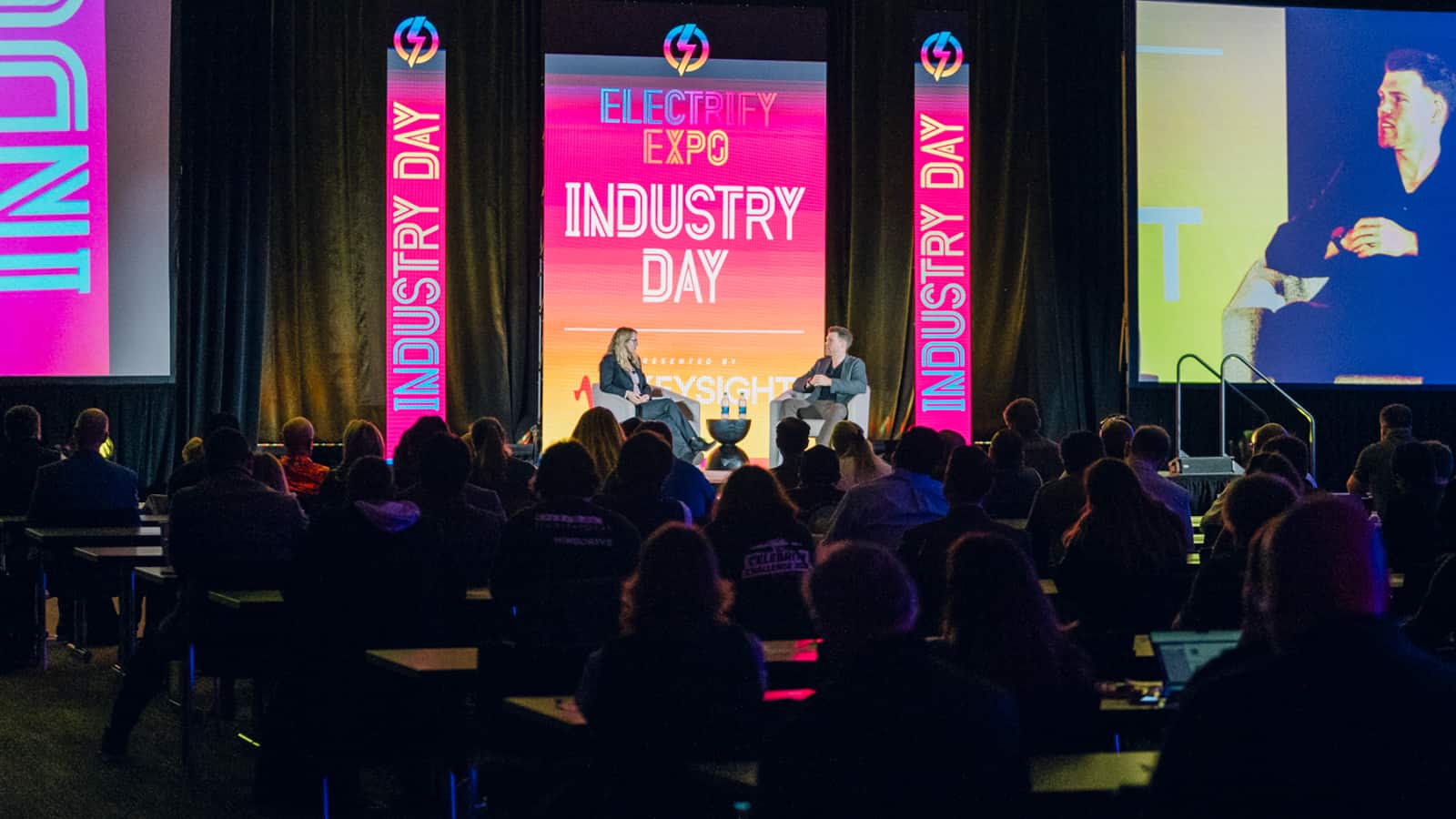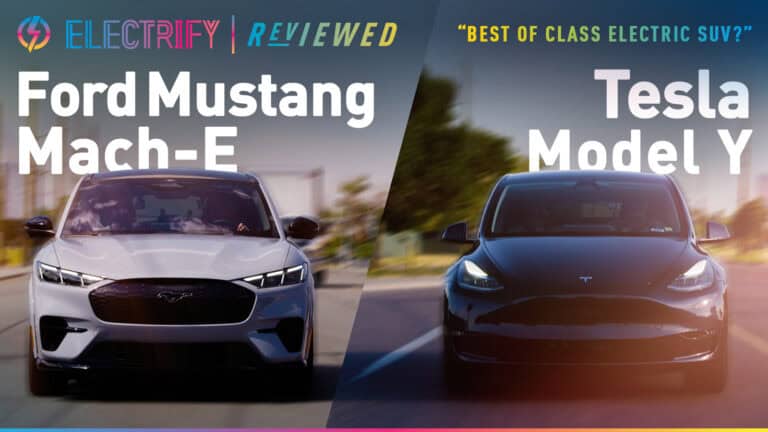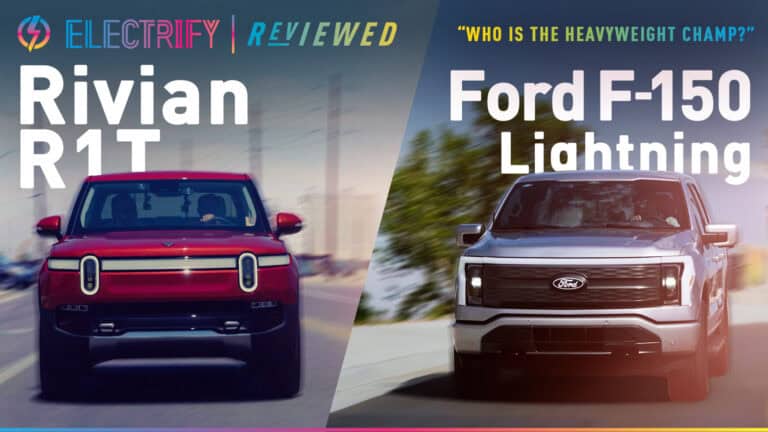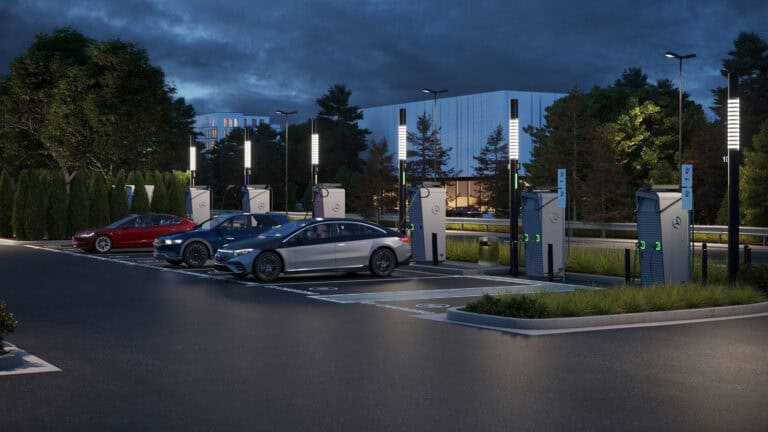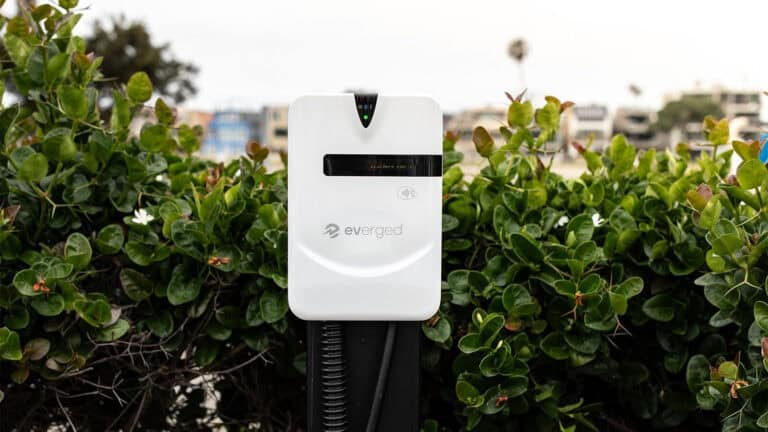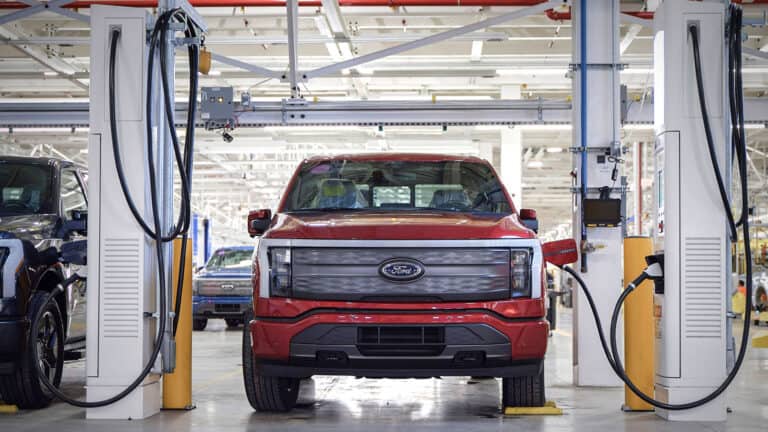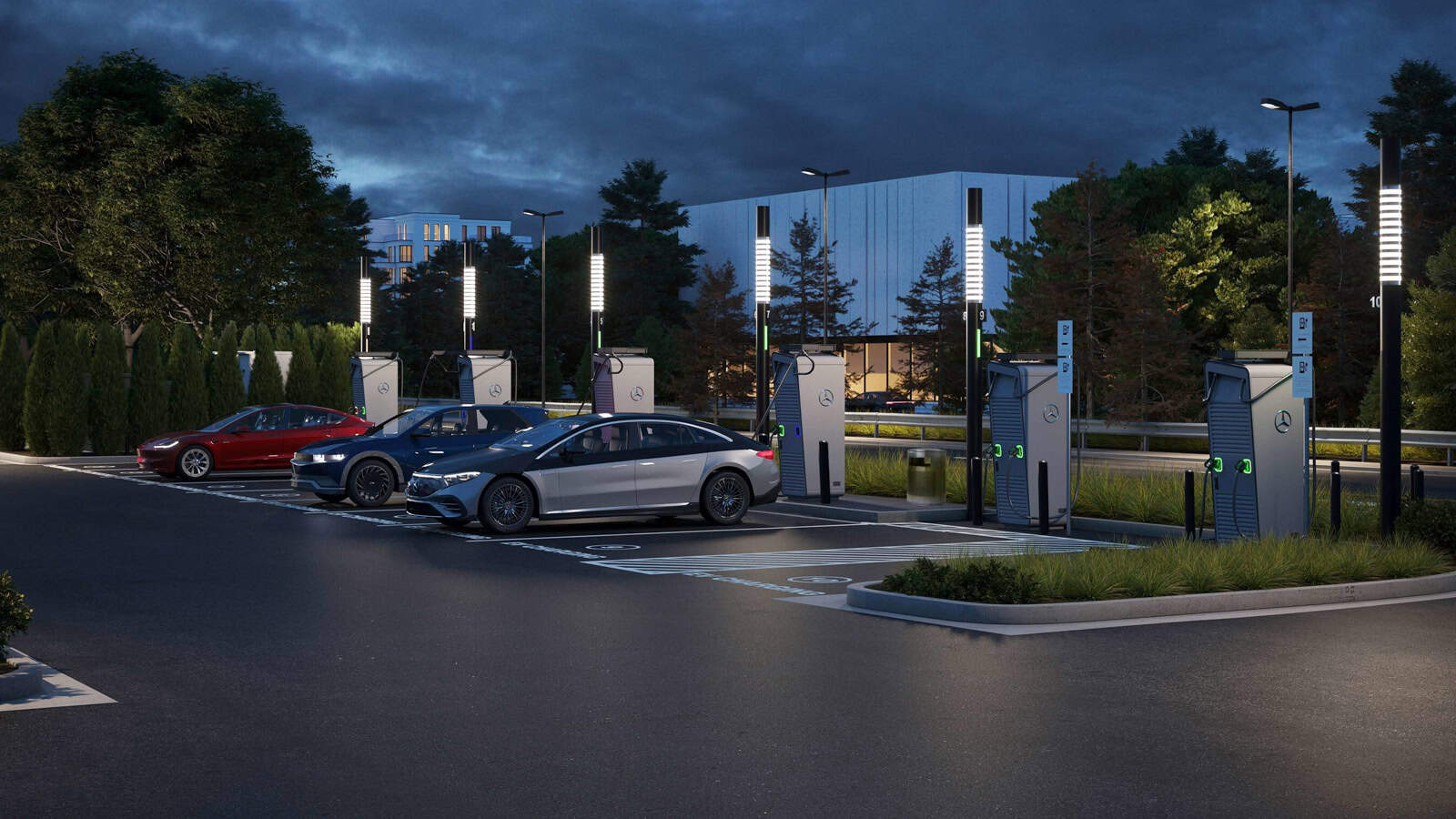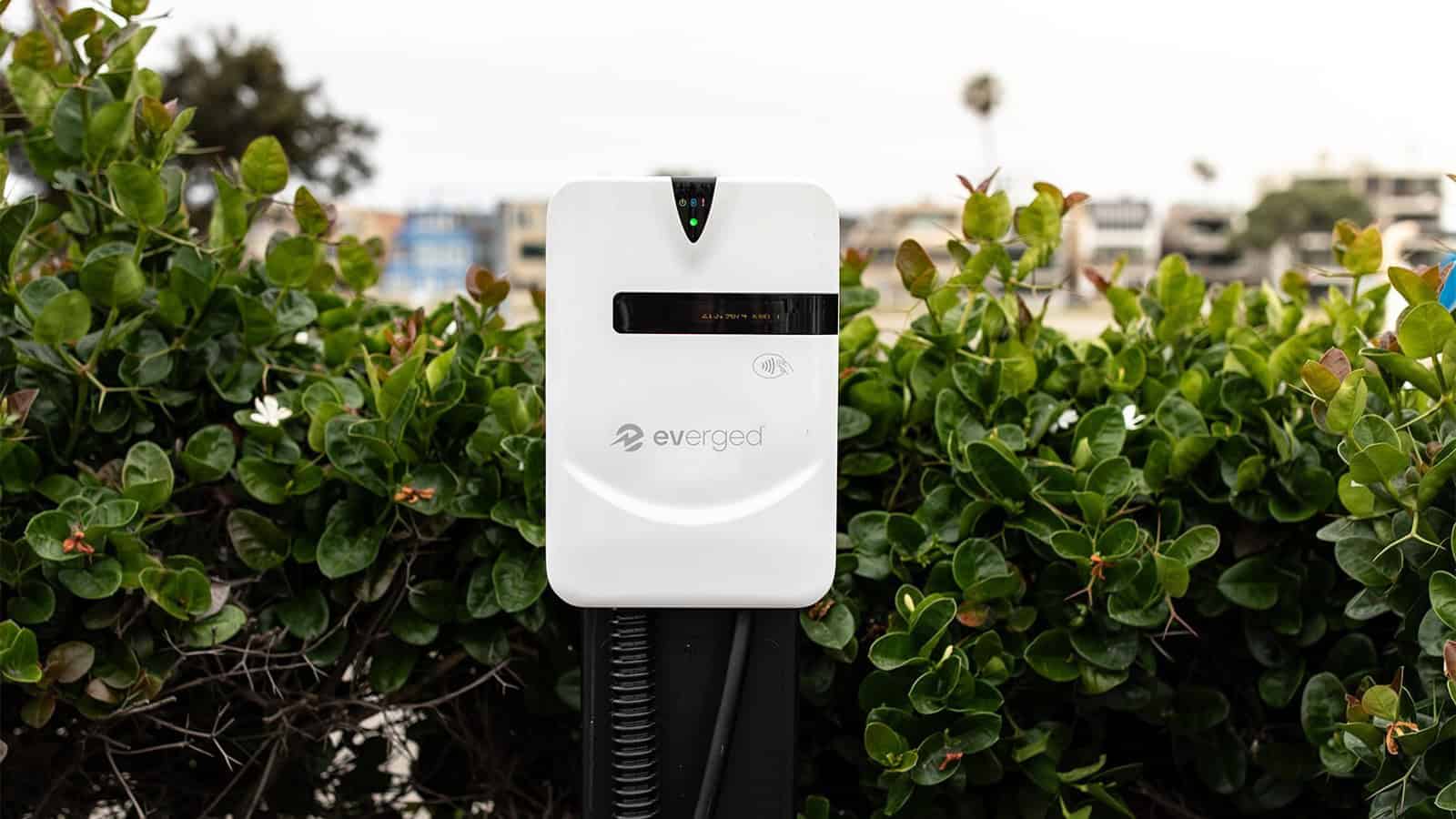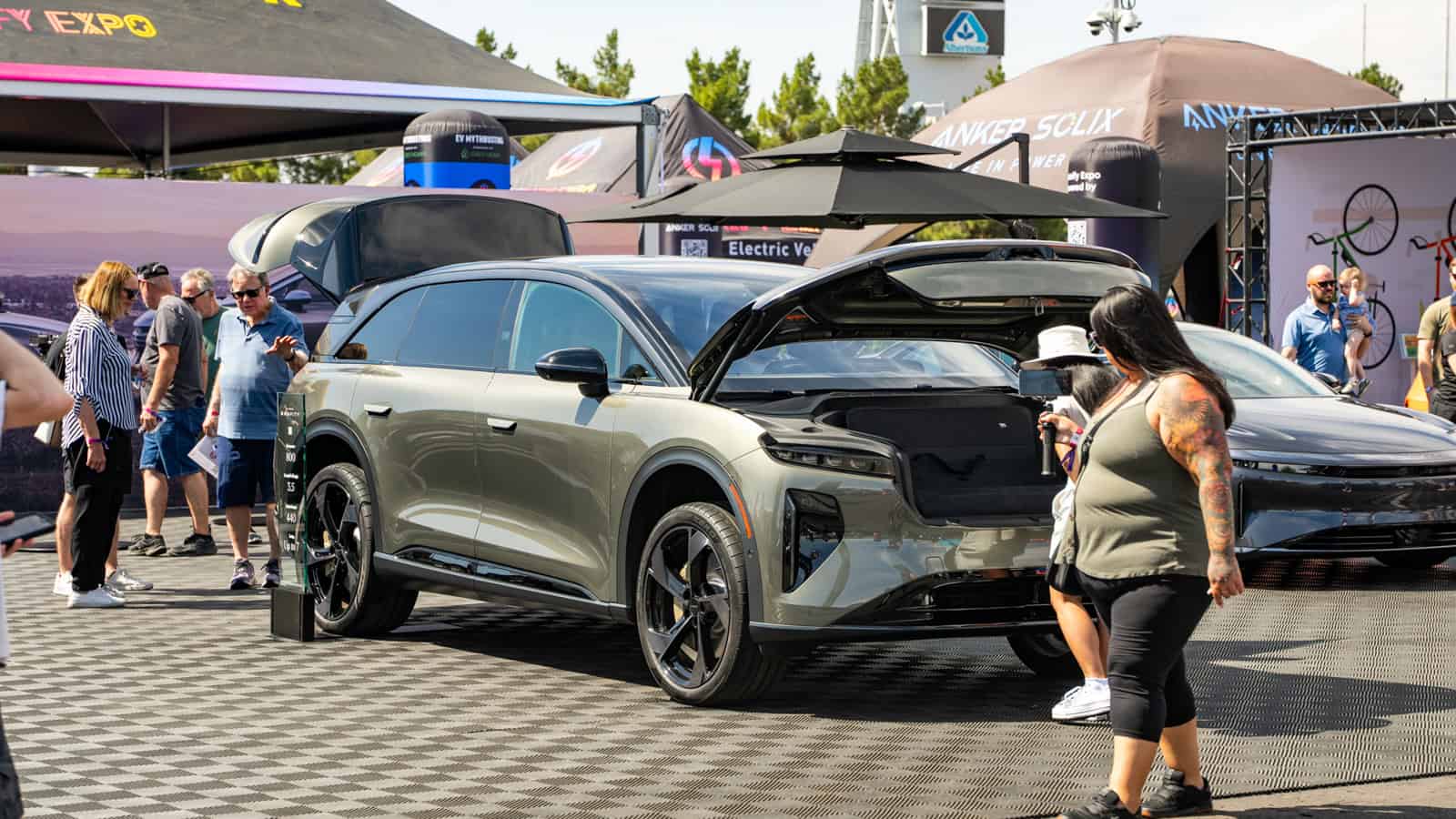At the Electrify Expo Industry Day in Austin, Texas, Marvin C. Kroger, Electric Vehicle Business Development Manager at Keysight Technologies, engaged in a fireside chat with Jennifer Hiller, Energy Reporter from The Wall Street Journal. The discussion centered around Vehicle-to-Grid (V2G) and Vehicle-to-Everything (V2X) technology, its current status, and the potential it holds for the future of electric vehicles (EVs) and the grid.
- V2G (Vehicle-to-Grid) technology is still in its early stages, primarily in the form of pilot projects, and is not widely available to all EV customers.
- Collaboration among key players, including automakers, charging station manufacturers/operators, utilities, and regulation bodies, is crucial for the successful implementation of V2G technology.
- V2G adoption should occur alongside the growth of EVs to efficiently utilize the energy storage capacity in EVs and potentially reduce the need for extensive grid upgrades.
ADVERTISEMENT
Understanding V2G and V2X
Marvin Kroger began by explaining the distinctions between three main use cases for V2G and V2X technology. These use cases are:
- Vehicle-to-Home (V2H): Allows EVs to power homes when needed.
- Vehicle-to-Load (V2L): Provides power to various devices, such as coffee makers or power tools.
- Vehicle-to-Grid (V2G): Connects EVs to the grid, enabling the grid to utilize the vehicle’s energy storage capacity.
These technologies allow EVs to supply power to homes, devices, or back to the grid, providing flexibility and resilience.
Navigating V2G Implementation: Early Stages and Complexity

Jennifer Hiller raised questions about the current status of V2G implementation. Kroger mentioned that V2G is in its early stages, primarily seen in pilot projects and not widely available to all EV customers. However, progress varies by region, with some states leading the way.
ADVERTISEMENT
The discussion then turned to the complexity introduced by V2G technology. Kroger acknowledged that adding V2G to the mix does increase complexity but emphasized that the primary issue remains the shortage of charging infrastructure. Interoperability, especially for AC and DC charging, needs attention, and industry collaboration is vital to avoid failures in the market.
Addressing Grid Reliability and Incentives for V2G Adoption

Hiller raised concerns about grid reliability and the potential strain on the grid due to mass EV adoption. Kroger argued that V2G, along with managed charging, can help alleviate grid stress. He also emphasized that, in extreme situations like power outages, V2G-enabled EVs could serve as a valuable backup power source.
Kroger highlighted the key players involved in the V2G ecosystem, including automakers, charging station manufacturers/operators, utilities, regulation bodies, and aggregators. Collaboration among these stakeholders is crucial for the success of V2G implementation.
To drive V2G adoption, Kroger stressed the importance of incentives and simplified models for customers. He suggested that customers should not be burdened with tracking energy consumption intricacies, and easy sign-up processes would encourage participation.
Marketing V2G: A Potential Selling Point for Automakers
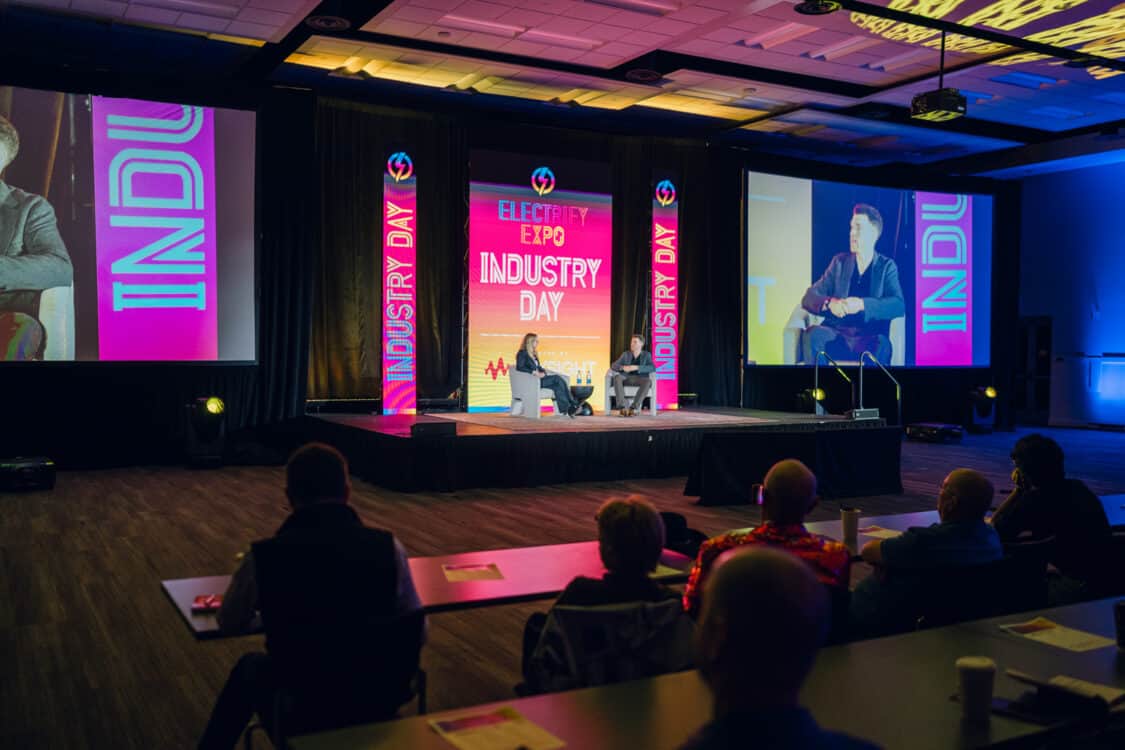
Hiller and Kroger discussed the marketing potential of V2G for automakers. Kroger believed that V2G support could become a selling point, especially in regions prone to power outages, making EVs more attractive to potential buyers.
Kroger argued that V2G adoption needs to occur alongside the growth of EVs to make efficient use of the existing energy storage capacity in EVs. Managed charging and V2G could reduce the need for extensive grid upgrades.
Kroger noted that educating customers about the energy stored in EVs and their potential to power homes during emergencies is essential. Understanding the value of EVs beyond mobility is crucial for wider V2G adoption.
There are only a few EVs available in the US that can perform bidirectional charging. These EVs include:
| Electric Vehicle (EV) Model | Bidirectional Charging Type |
|---|---|
| Ford F-150 Lightning | V2G |
| Genesis GV60 | V2L |
| Hyundai Ioniq 5 | V2L |
| Hyundai Ioniq 6 | V2L |
| Kia EV6 | V2L |
| Kia Niro | V2L |
| Mitsubishi Outlander PHEV | V2L |
| Nissan Leaf | V2H, V2G |
| VW ID.4 | V2H |
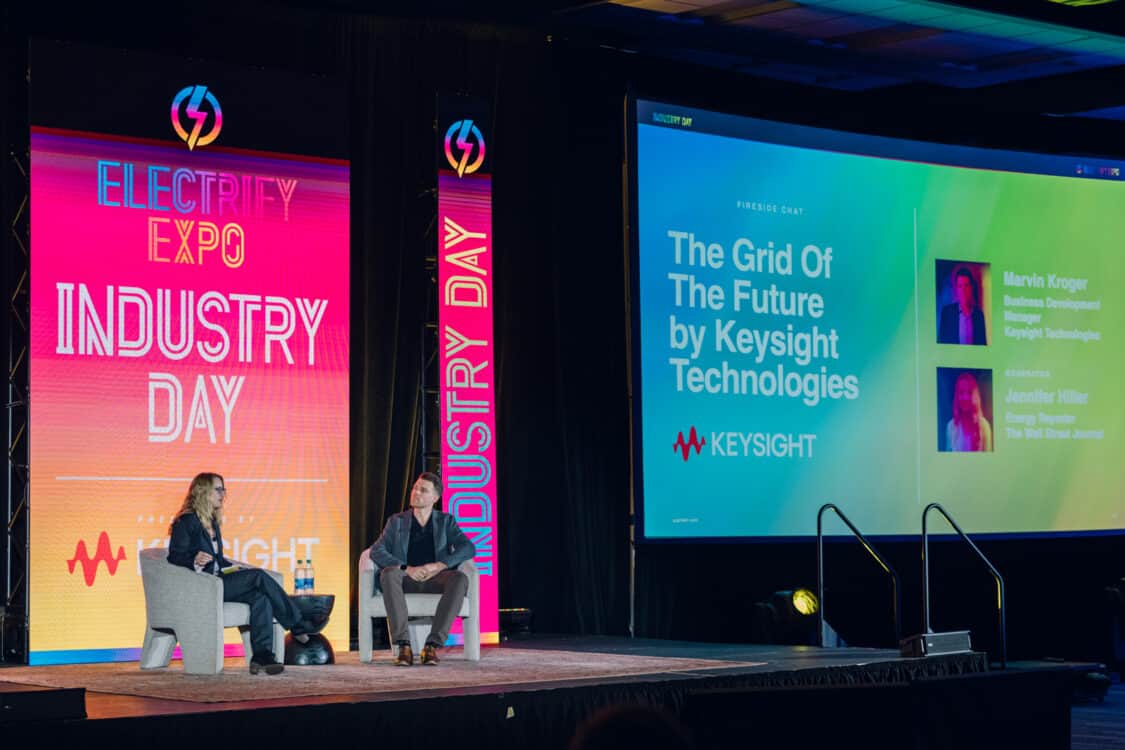



The fireside chat between Marvin C. Kroger and Jennifer Hiller provided valuable insights into the current state and future potential of V2G technology. While challenges remain, V2G offers a promising avenue for enhancing grid reliability and making electric vehicles an integral part of the energy ecosystem. Collaboration among stakeholders and incentives for customers are key factors in driving V2G adoption and realizing its benefits.
ADVERTISEMENT

IMAGES: ELECTRIFY EXPO
FTC: We use income-earning auto affiliate links. Learn more.


